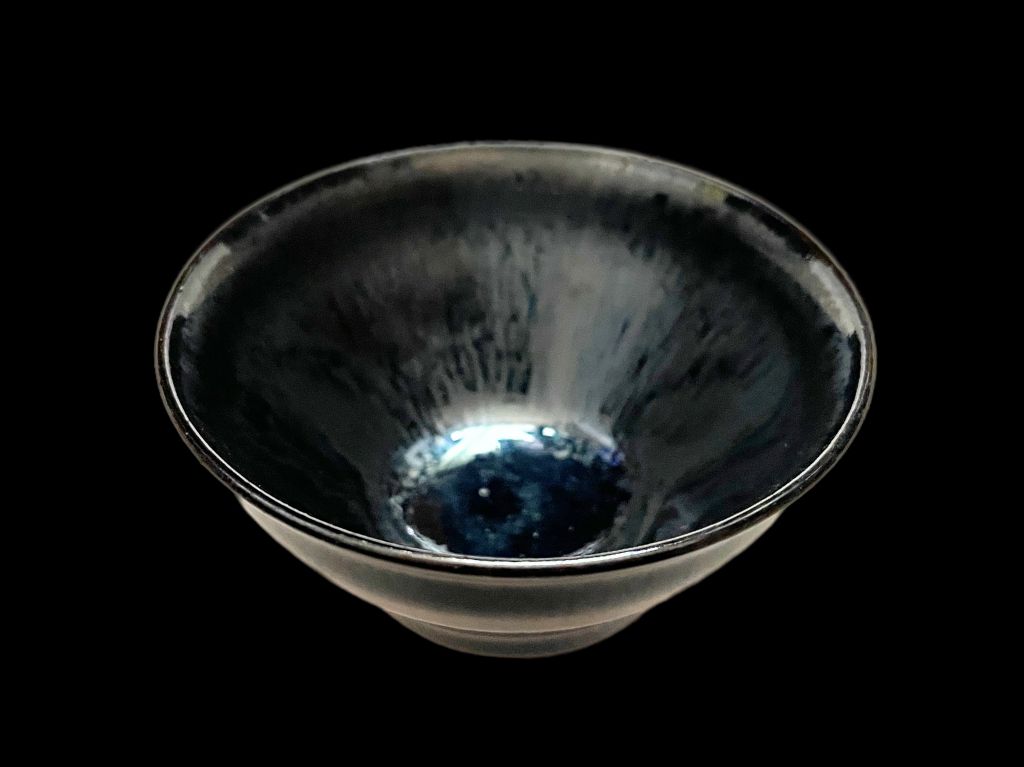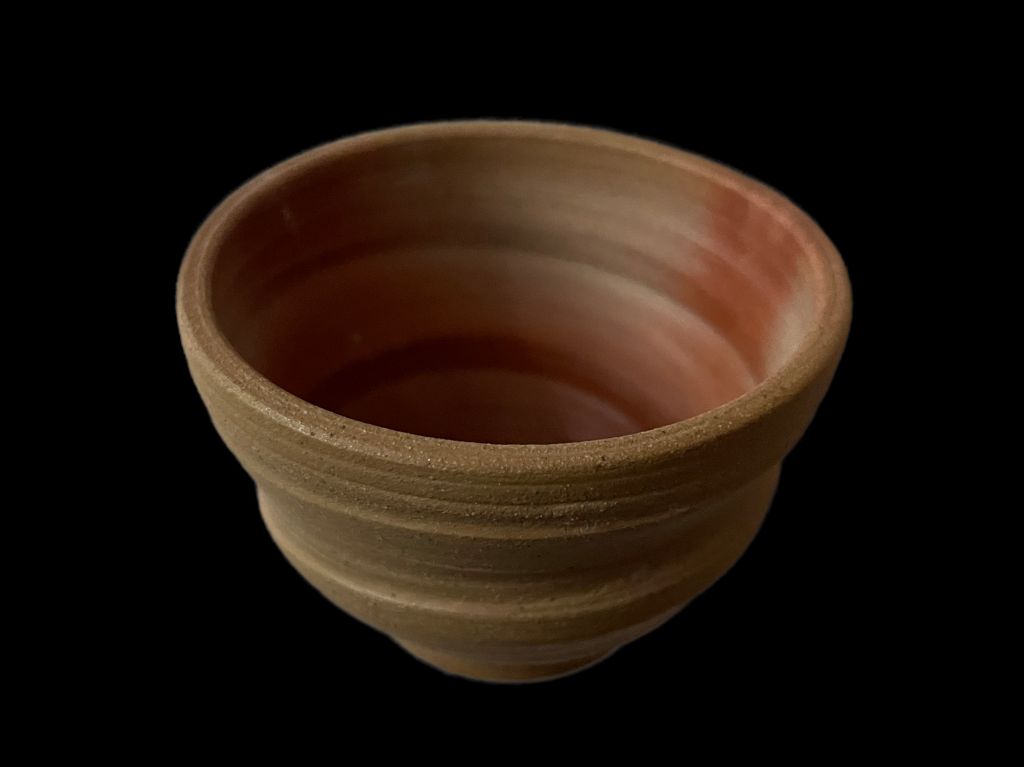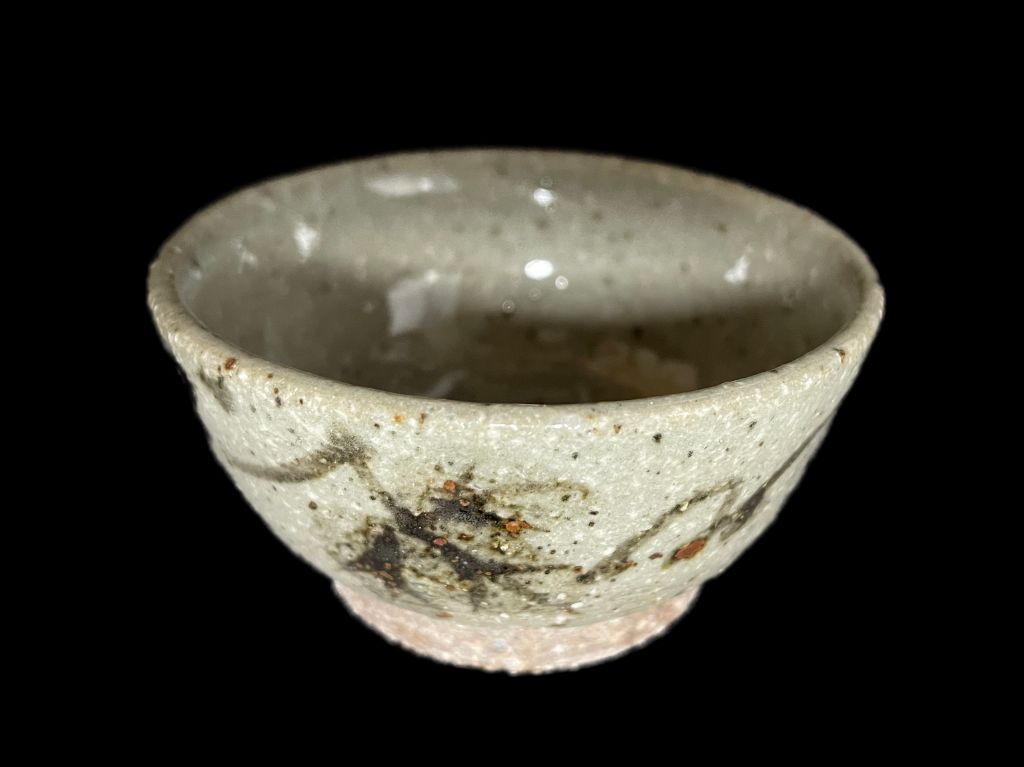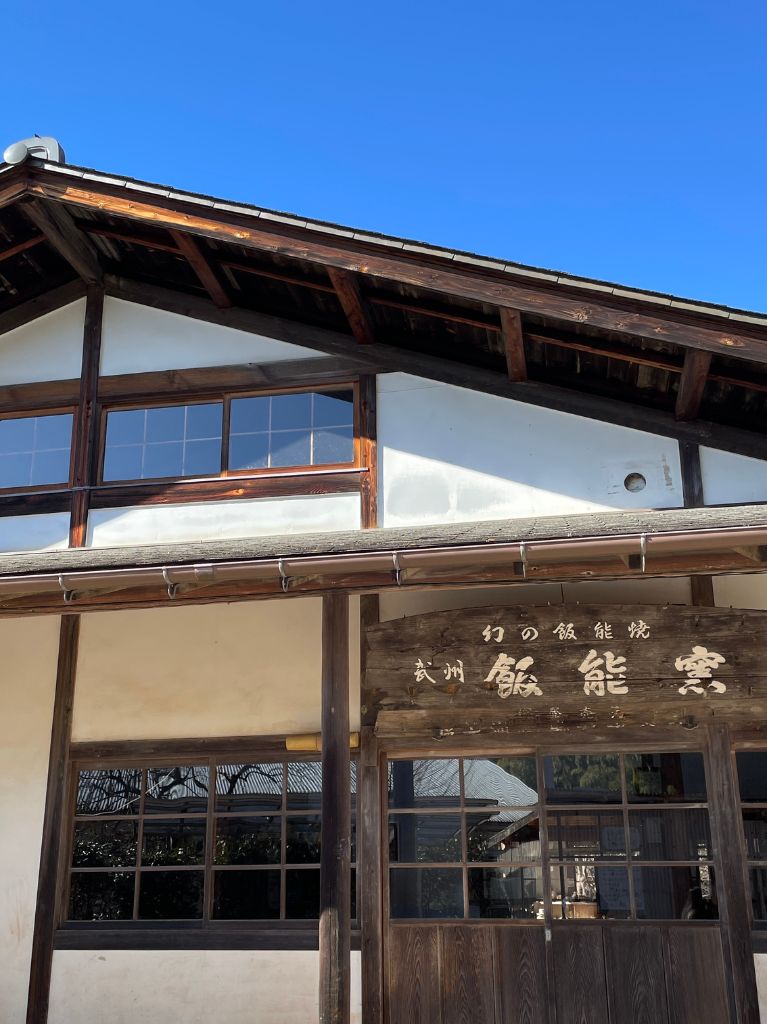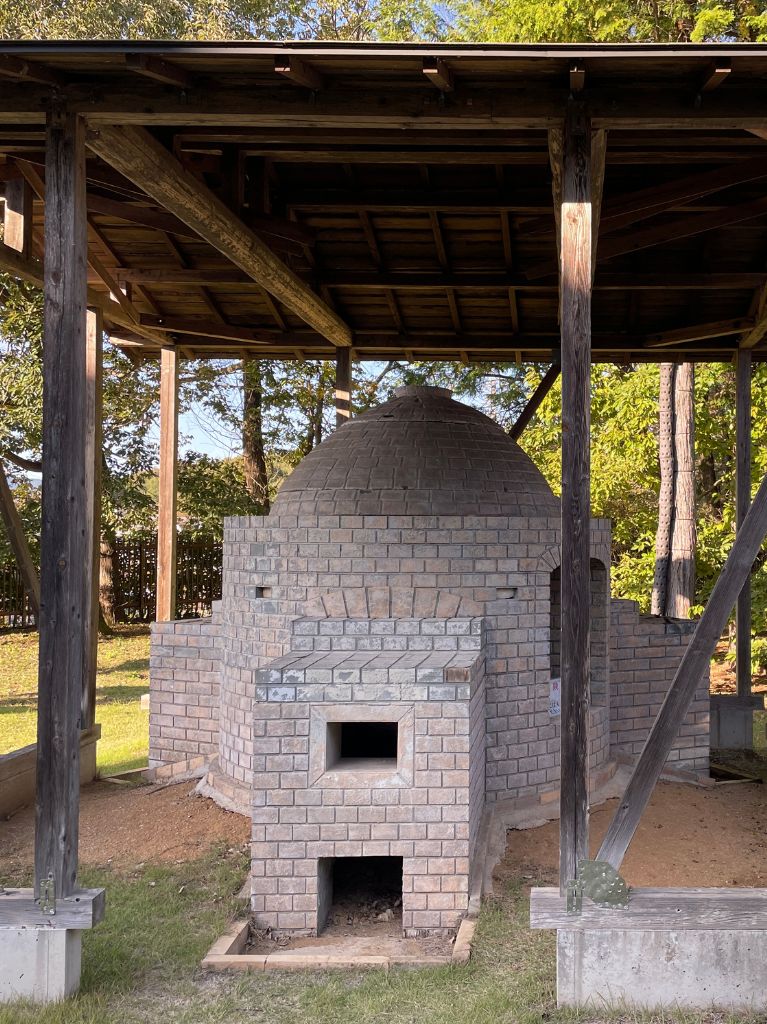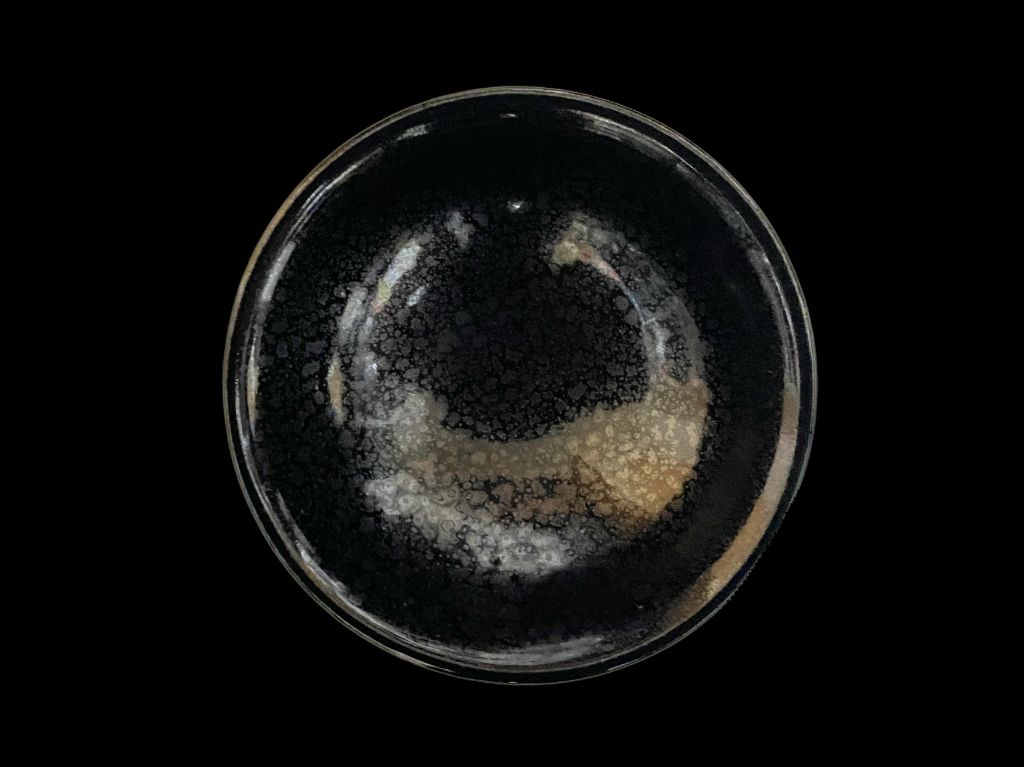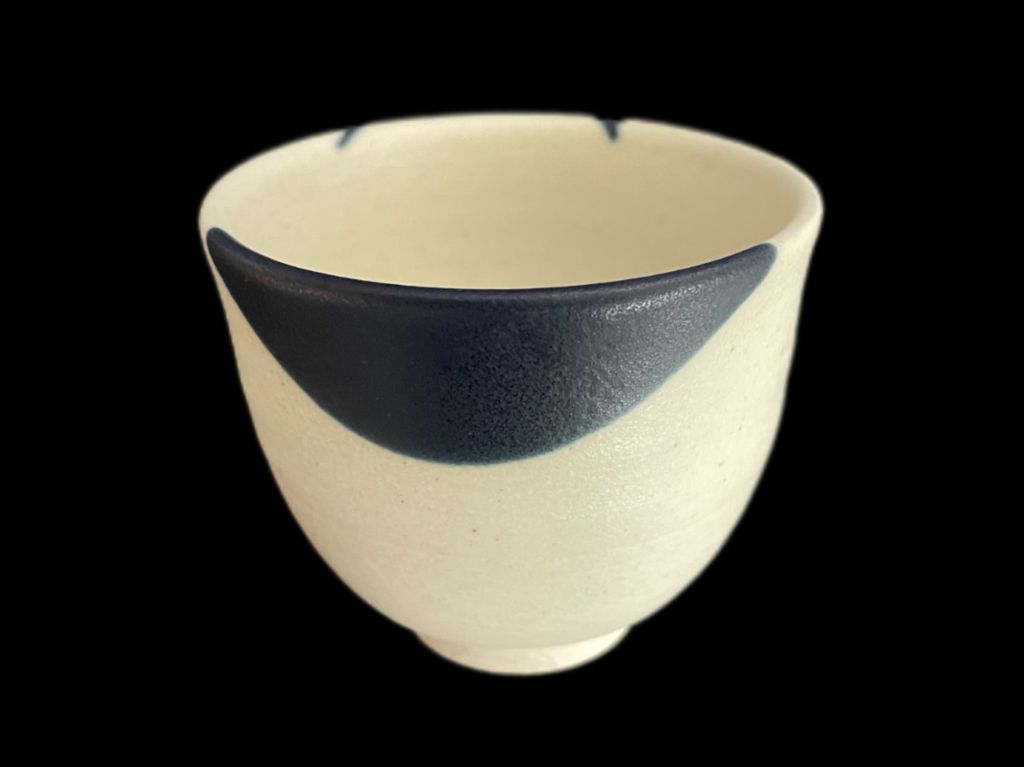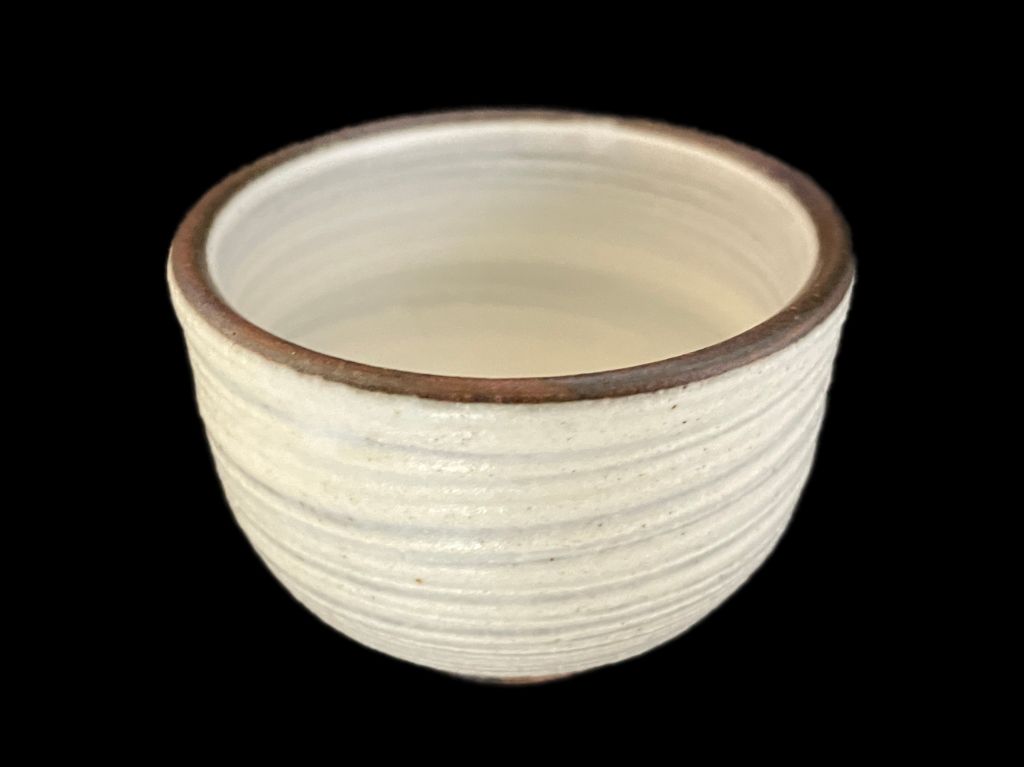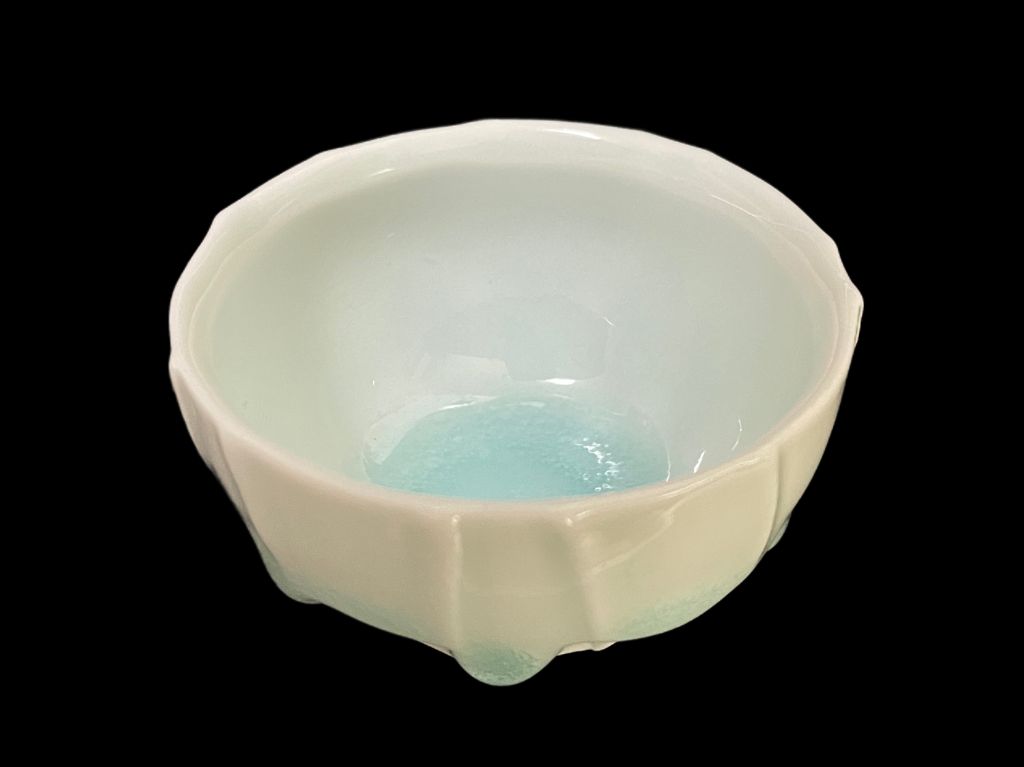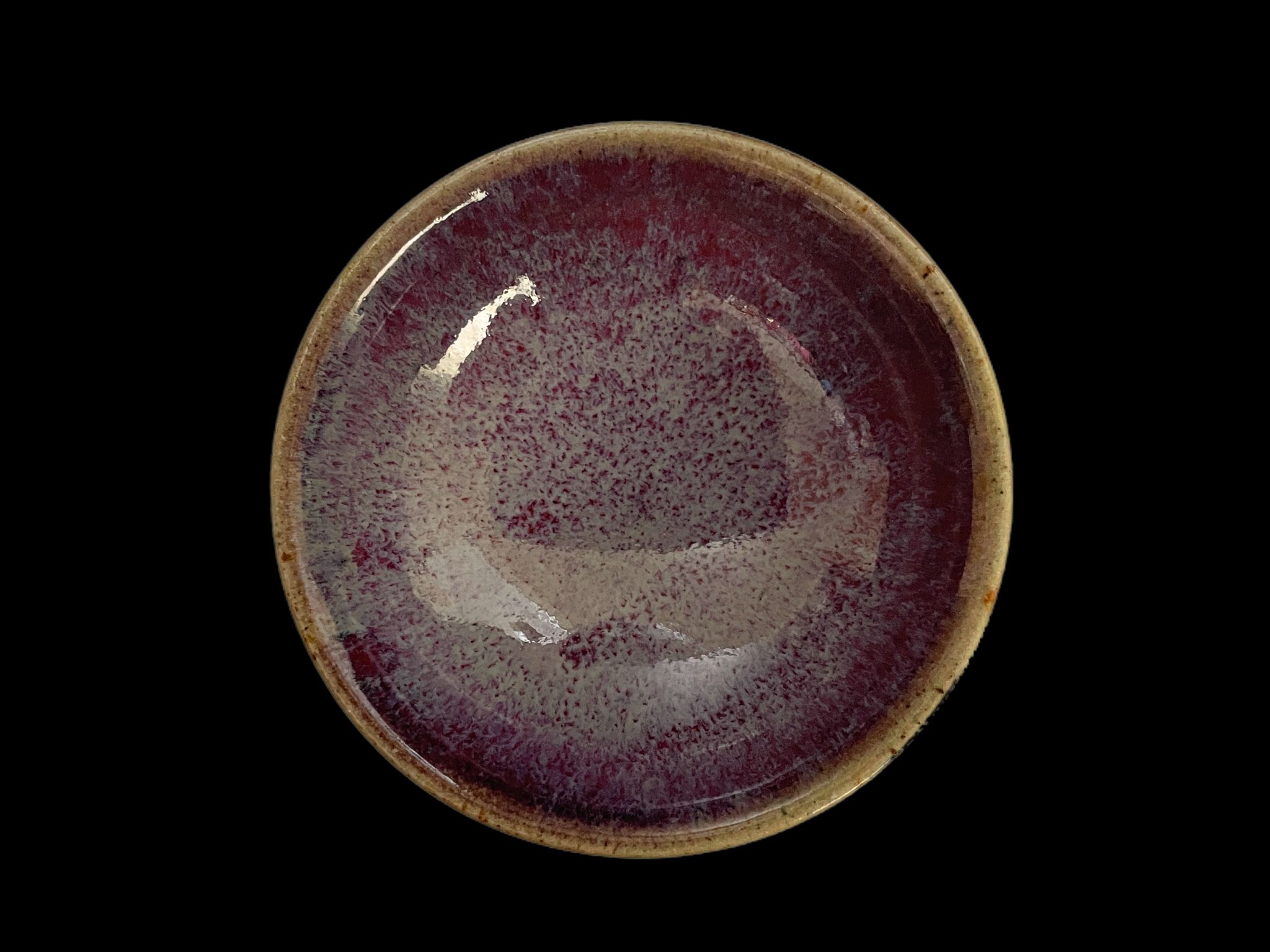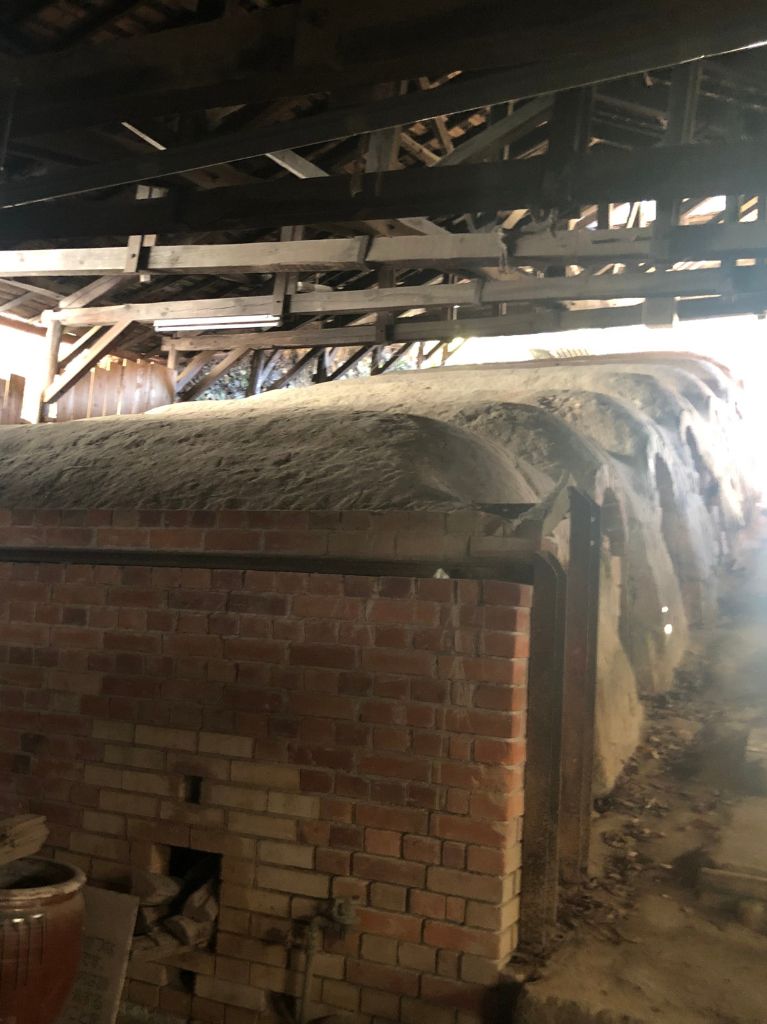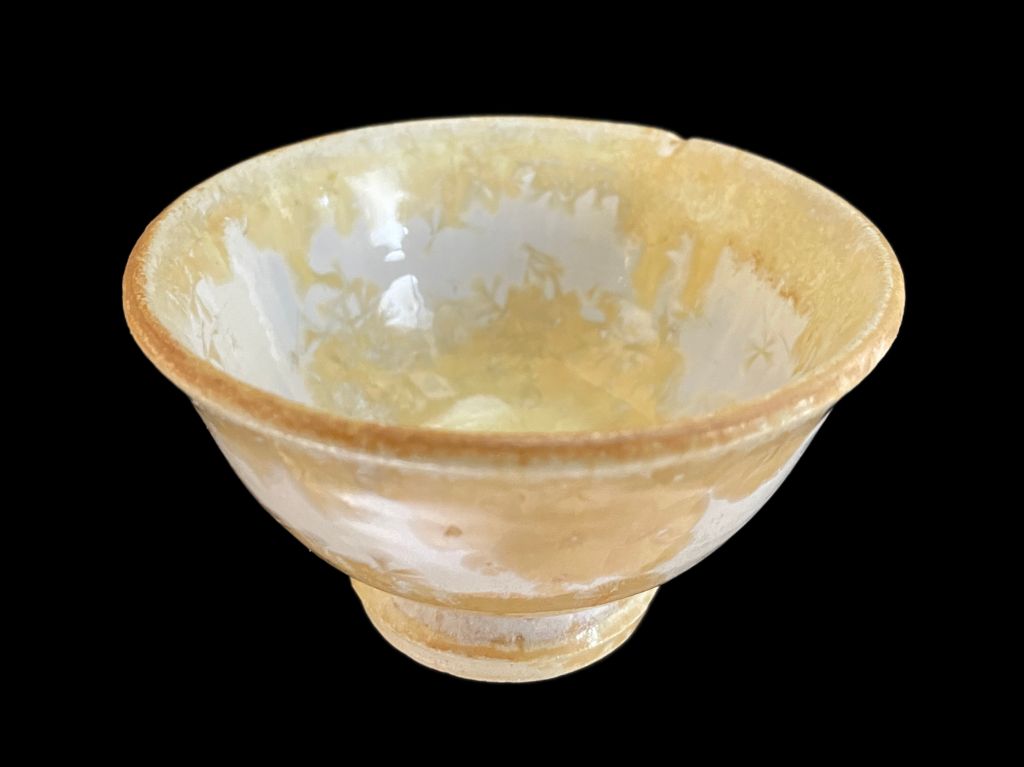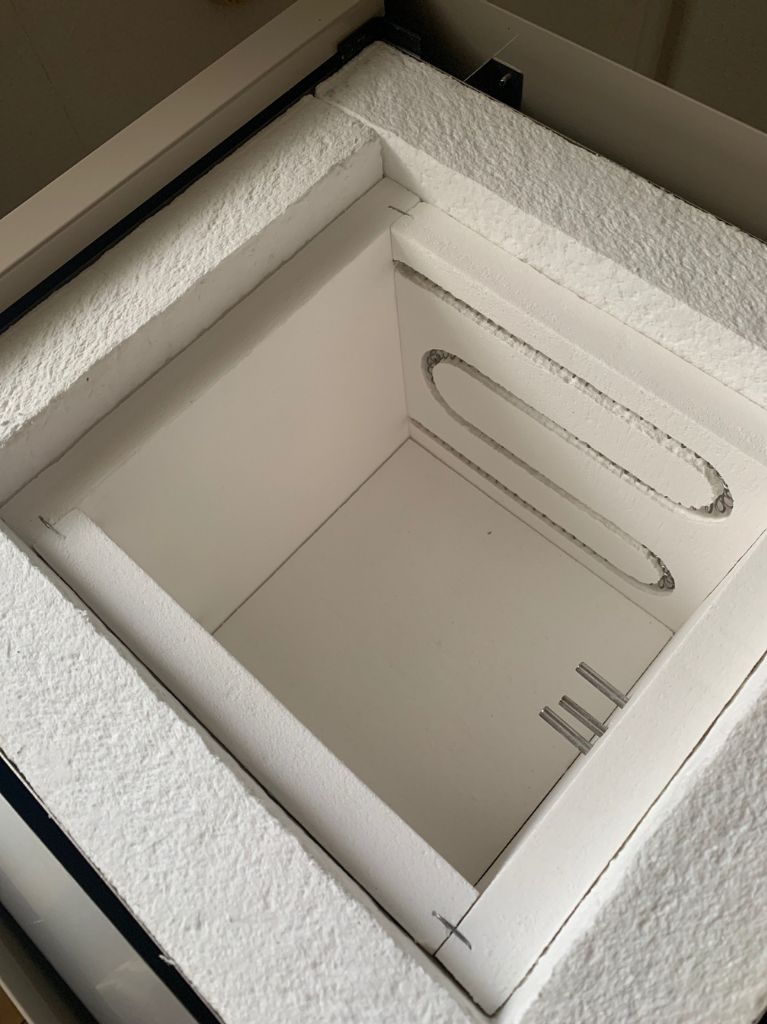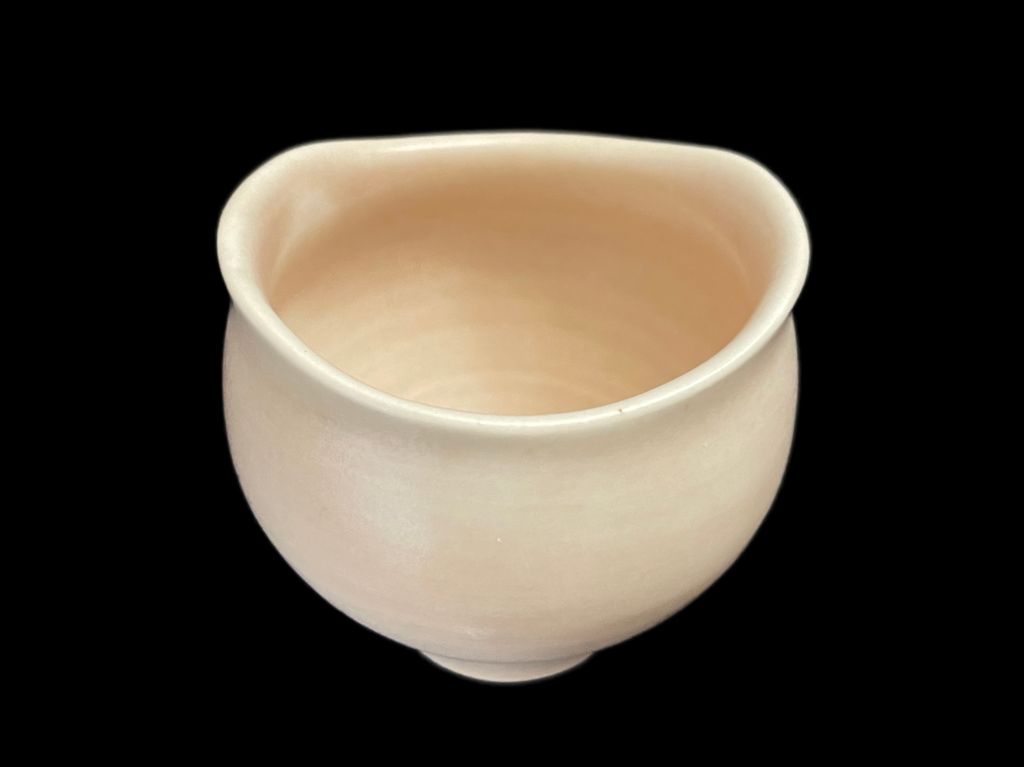KANTO
HANNO YAKI
HANNO YAKI is a traditional Japanese pottery produced in Hanno City, Saitama Prefecture. Its history dates back to the first year of Tenpo in the Edo period, but the kiln was discontinued after only about 50 years. Later, in 1975, Hideo Torazawa rebuilt the kiln and it became the current Bushu Hanno Kiln.
Traditional HANNO YAKI is fired in iron-rich clay, decorated with patterns, and is relatively thin. The revived HANNO YAKI uses 100% Hanno clay and a uniquely formulated glaze. In particular, the pottery called Suiseiji has a deep blue and a unique shine.
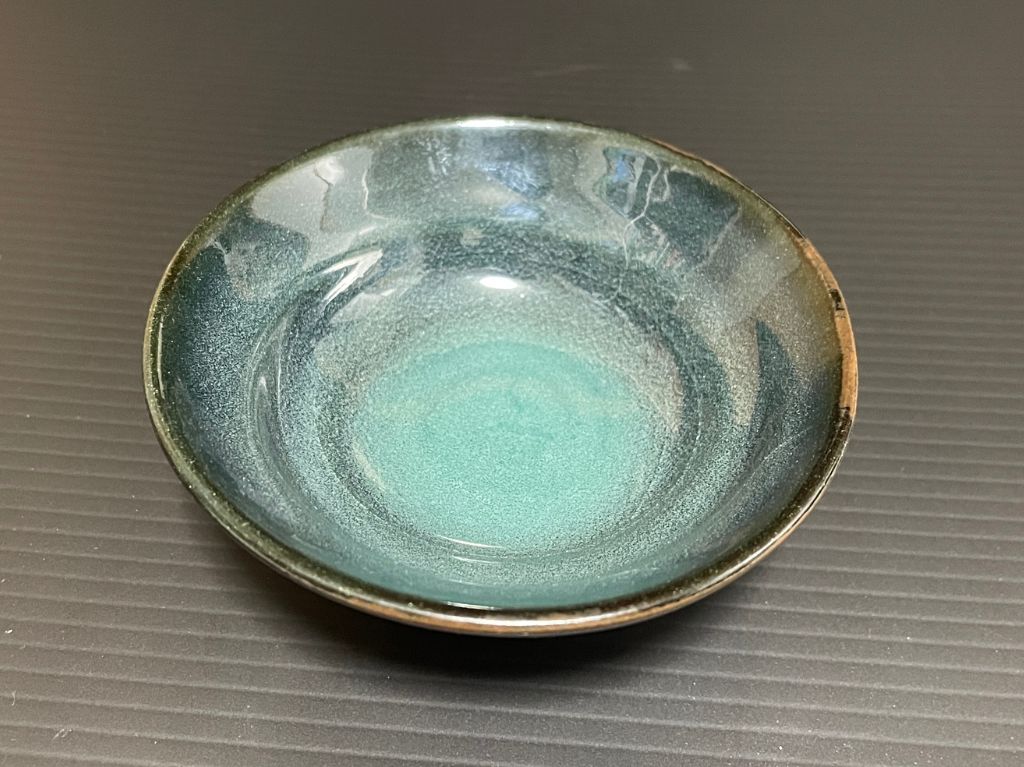
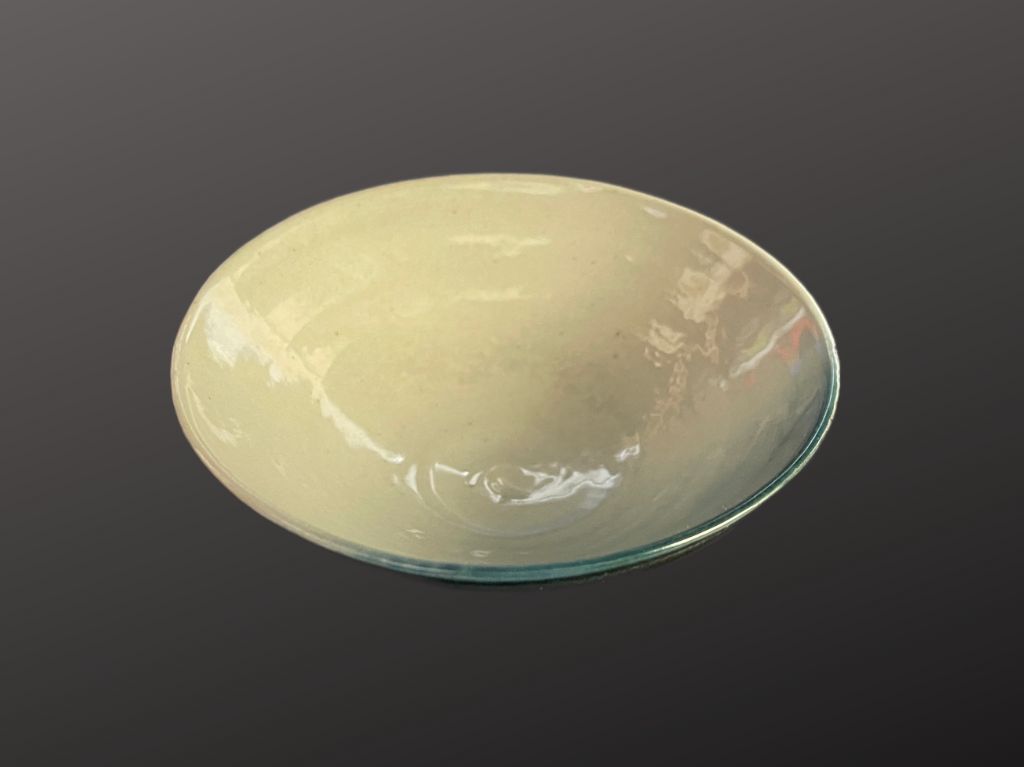
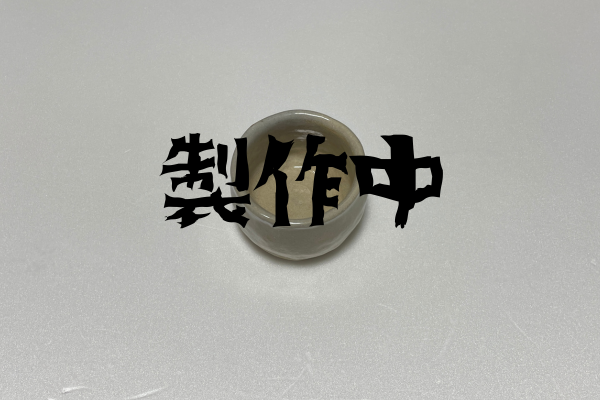
KASAMA YAKI
KASAMA YAKI is a traditional pottery produced in the Kasama City of Ibaraki Prefecture. Its history dates back to the Ansei era of Edo period, and it is said that production began under the influence of SHIGARAKI YAKI techniques. It is also known as the oldest pottery in the Kanto region.
Traditional KASAMA YAKI is made from sticky and fine-grained clay in the Kasama region. Modern KASAMA YAKI is known as free YAKI, as many potters, including young ones, use their own glazes and perform their own firing and shaping techniques.
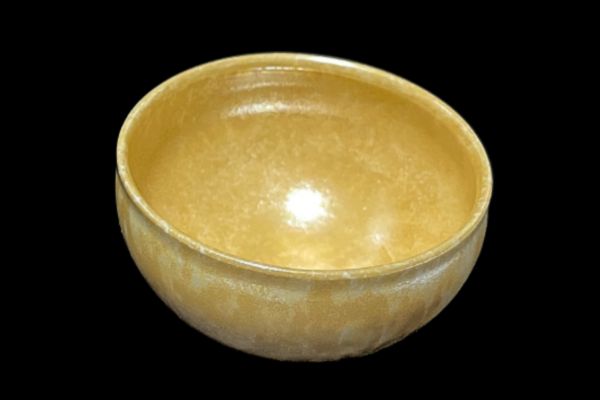
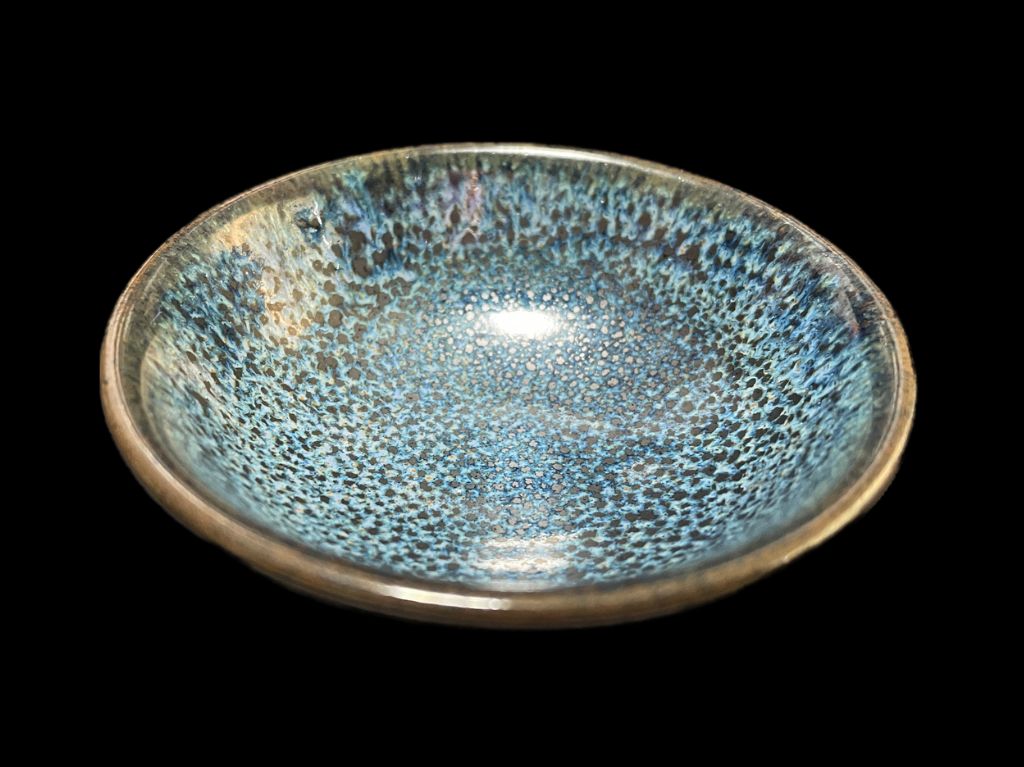
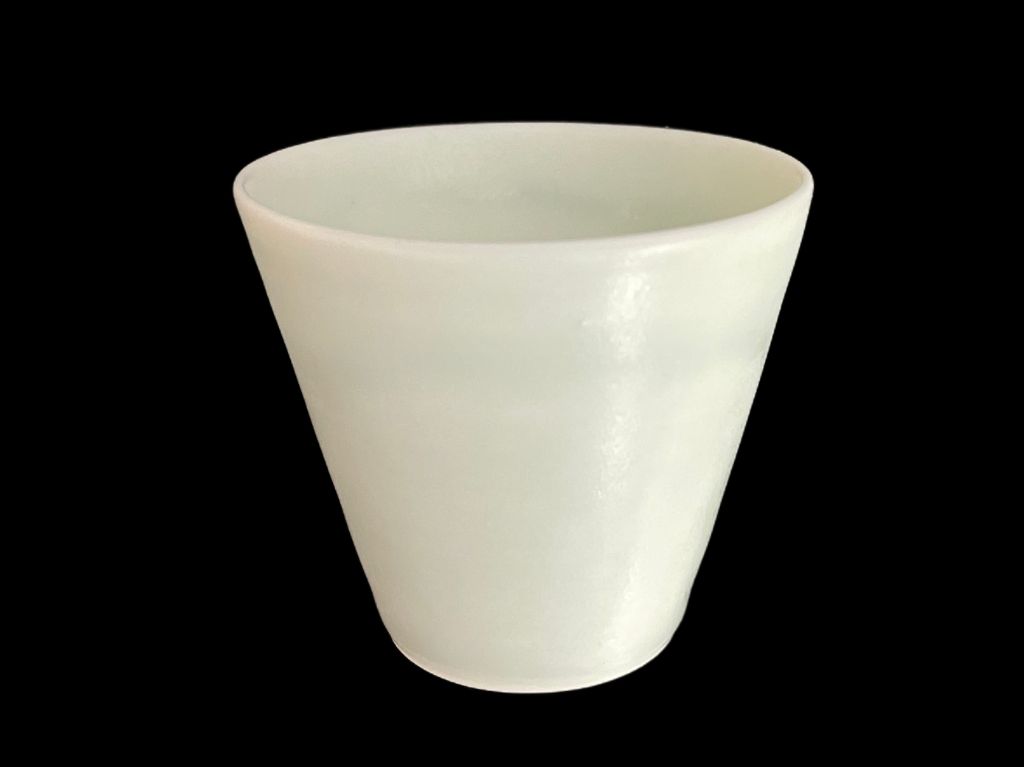
MASHIKO YAKI
MASHIKO YAKI is a traditional Japanese pottery produced in the Mashiko Town area of Haga District, Tochigi Prefecture. Its history dates back to the end of the Edo period, and it is said that production began under the influence of Kasama ware techniques.
Traditional MASHIKO YAKI is made from clay with many air bubbles and low viscosity, so it is characterized by a thick finish that prevents it from breaking when used. Modern MASHIKO YAKI, like Kasama ware, has many potters using their own glazes and firing and shaping them in their own ways, resulting in a wide variety of pottery.
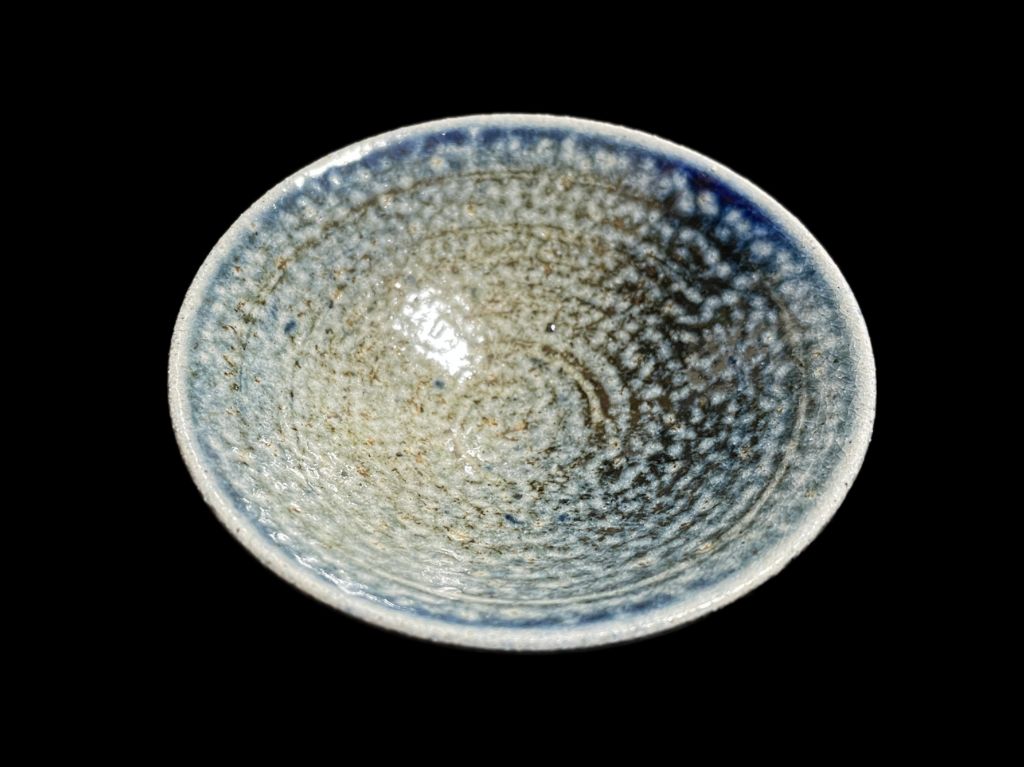
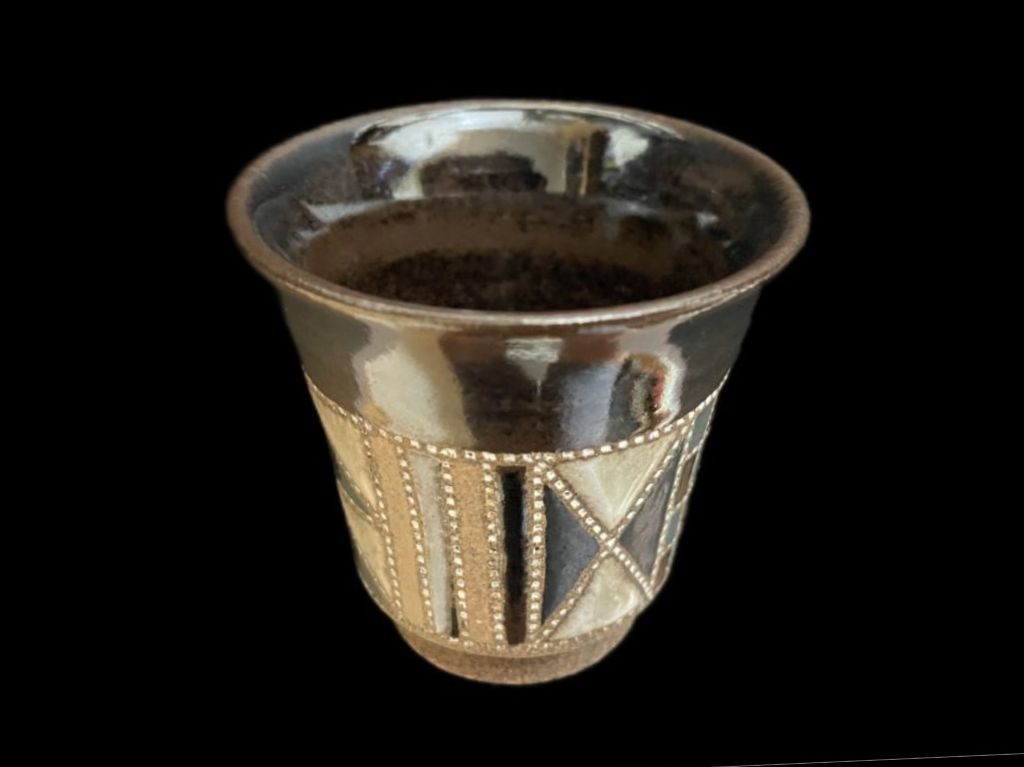
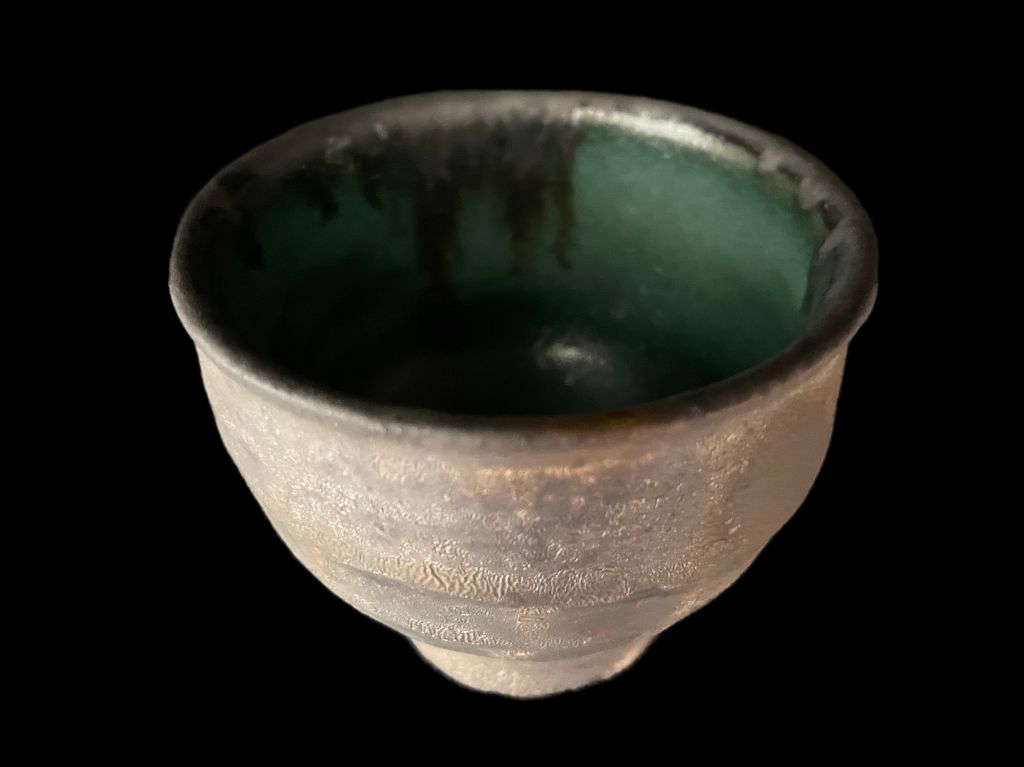
KANTO (Others)
Kanto region is not only famous for KASAMA and MASHIKO YAKI, but also has many potters working as individual potters. Particularly in recent years, a wide variety of works have been created by using small electric kilns, using clay and glazes from all over the country, and through trial and error in firing techniques.
